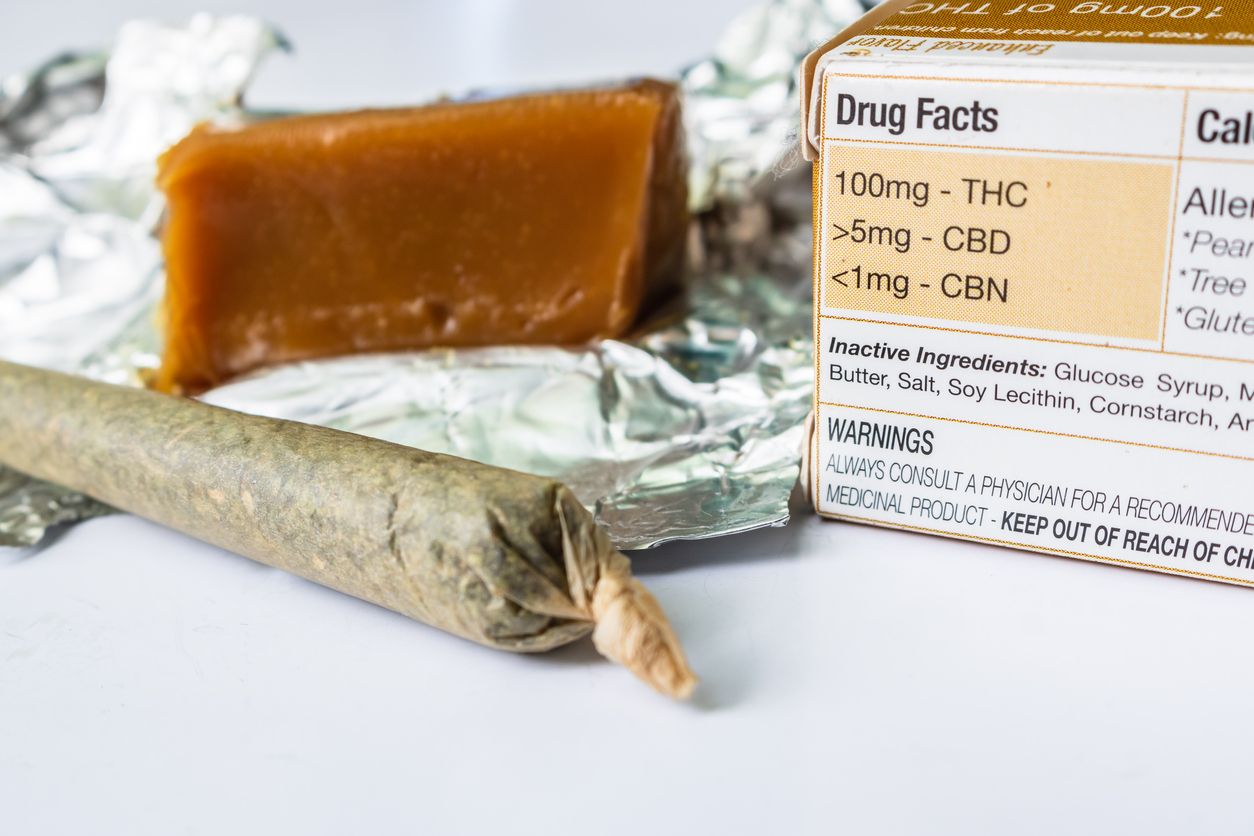Are legal marijuana edibles strong enough for the average consumer?

Weed edibles are all the rage over here in Canada, and media headlines are boasting some pretty bold claims that make it appear as though everyone is happy, but that is far from the truth.
In October of 2019, the laws restricting the sale of infused cannabis goods like edibles in Canada were lifted, but no one was celebrating once they found out that it would be at least one more month before any of the sensationalized and highly awaited products would hit dispensary shelves. Still, Canadians remain patient for more than a month before finally getting a taste for themselves. That is if they could find any.
Not only did it take until mid-December to see an edible available at only a handful of cannabis dispensaries across the country, but they sold out quickly. Leaving many enthusiasts awaiting their chance, and empty-handed in the meantime.
Though a sell-out might sound like excellent news for the cannabis industry, the truth is that there were so few THC or CBD edibles available in time for the Christmas holidays, that it just seems like there was a massive rush for these goods. In reality, a lot of cannabis consumers have yet to step foot in a legal dispensary, and if they have, they aren’t impressed with what they have seen.
Weed edibles have been around for ages according to the average consumer, many of whom report that illicit black-market dispensaries are their main source for cannabis products. For more than a year, Canadians have been getting their fill through online dispensaries, black market storefront, and personal suppliers that offer a massive range of edibles at varying degrees of potency.
Through these venues, consumers have access to edibles that range anywhere from 10mg to a whopping 1000mg, which to some might sound like a lot, but it is really? And is the trade off choice which is legal, worth the price that we must pay by way of environmental impact, and customer appeal?
Most edible options on legal dispensary shelves in Canada are capped at a maximum of 10 milligrams of THC per package. The size of the package itself is not governed, but manufacturers can’t go over the limit without breaking the law. This has led to most weed edibles in a very compact form, like a single cube of a chocolate bar, rather than the whole thing.
With only one per package, that’s a whole lot of unnecessary wrapping, which is typically done with plastics, and if that isn’t enough to convince you that this is all a terrible idea, then you also need to understand how arbitrary this limit really is.
How much THC is in a joint?
To make a fair comparison, it helps to break it all down. The average gram of cannabis bud that contains between 17%-23% THC translates to approximately 170-230 milligrams. So, if you were to roll a full joint or blunt, that’s how much THC you will find. Now, it is also important to take into account the THC loss that occurs during the smoking process.
Whenever you smoke a joint, you will probably notice spirals and waves of cloudy smoke billowing all around you, and that is full of what we are calling a THC loss. Though it’s quite a lot of product that goes literally up in smoke at an average of 60%, that still leaves between 68-92 milligrams of THC that makes it into your bloodstream.
What this all means is that the average joint, something that you can buy in bulk, measuring up to 30 grams in one single package measures between 5 times and 10 times higher than any legal edible that is infused to its maximum allowable potency.
So, is it enough?
If you are still wondering whether or not the 10 milligram THC limit per edible is fair or not, then you probably have little to no experience with smoking weed for eating edibles. A single joint is relatively easy for a chronic user to ingest on their own, and some will spark one up right after the other. Unfortunately, for most seasoned consumers and medical users, 10 milligrams of THC probably isn’t going to do a thing, forcing them to buy multiple packages at a time.
This will do nothing but create mass amounts of garbage that will end up in landfills, and leave cannabis consumers to pay exorbitant prices, thanks to all of that extra plastic. It might be enough to entice the occasional new customer who has a low tolerance to THC, but just about everyone else is out of luck with the latest round of weed edibles in Canada.
How to get around the THC limits for weed edibles
Unfortunately, there is no legal way to purchase weed edibles or any other cannabis-derived products that go above or beyond the current legal limits. What you can do instead, is learn how to make your own edibles. An activity that is entirely legal, easy to do, and ultimately offers a more cost-effective option for a whole lot more product. Whether you choose to make hash, kief, cannabutter or oil, the sky is the limit, so there is no reason for anyone to settle for less while paying more.

